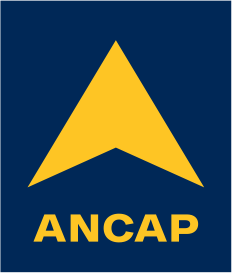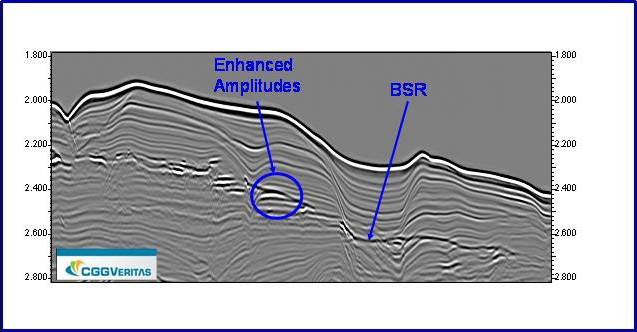Natural gas hydrates are crystalline solids formed by natural gas (mostly methane) and water that are stable at thermobaric conditions of high pressure and low temperatures that are found in nature in areas of permafrost and in offshore basins of continental margins.
Besides the various applications related to the study of this subject, international interest in natural gas hydrate has grown in recent years mainly due to the estimations of large amounts of carbon stored in this form and its potential as an energy resource. An increasing number of countries have established research programs regarding hydrates, going from simulations of molecular scale to field tests for gas production in permafrost areas.
Gas production methods from hydrates are based in the shifting of reservoir conditions away from hydrate stability conditions. Therefore, studied methods are based on destabilization by hot fluid injection, depressurization and formation inhibitors injection. Nowadays, hot spot generation by in-situ combustion methods as well as CO2 injection methods are also being studied. International cooperation programs have performed production tests onshore Canada by thermal method in 2002 and depressurization in 2007 and 2008. At the moment, Japan with the MH21 program has scheduled the first offshore production test for 2016.
The first indicator for gas hydrate occurrence is the BSR (Bottom Simulating Reflector) in reflection seismic sections. The BSR occurs at a contact between higher acoustic impedance above and lower acoustic impedance below (a negative acoustic impedance contrast), it produces a phase reversal in a reflected acoustic wave compared to the reflection from the seafloor.
Traditional sampling methods for marine sediments are usually not appropriate for hydrate sampling because it’s low saturation and probable destabilization by temperature and pressure changes, making difficult the direct detection on cores. While indirect methods based on chloride anomalies detection or temperature profiles along conventional cores allow infer hydrate presence, nowadays specific coring methods using pressurized piston cores are available. Around the world, IODP (Integrated Ocean Drilling Program) expeditions are the ones that have generated most information regarding methane hydrate occurrence in offshore areas.
In December 2008, was held in Montevideo the First Regional Meeting on Gas Hydrates in the Southern Cone with participation of experts from companies and research centres from Chile, Brazil and Argentina. Chile is working in his second hydrate project after having recovered hydrate samples in offshore sediments, while Argentina and Brazil also have identified several BSRs at their offshore basins.
At the continental margin of Uruguay, seismic evidence for the occurrence of gas hydrates has been identified based on the presence of BSR in 2D reflection seismic sections. The first BSR identification in Uruguay was made according to seismic data acquired between 1970 and 2002 (de Santa Ana et al., 2004), available at that moment in non-digital media such as papel and acetate. With the objective of increasing the knowledge with regard to the occurrence of this non-conventional energy resource in Uruguay, ANCAP Exploration and Production interpreted more than 10.000 km of 2D reflection seismic acquired in 2007 and 2008. In addition, special seismic processing was done in some of these new sections for gas chimney identification using multi-attributes and neural networks.
Interpretation in 2007 and 2008 seismic indicate the presence of BSRs in areas that were not previously identified, like southern Oriental del Plata basin, showing that the potential for this resource offshore Uruguay is higher than thought (fig. 1). Additionally, gas accumulations in the form of free-gas bellow the base of the gas hydrate stability zone are of particular interest regarding sub-hydrate prospects.
Even though, at present, gas production from hydrate reservoirs is not feasible for offshore basins, is expected for the next years as a result of the international cooperation efforts in research and development in production technologies. In this sense, the results regarding the occurrence of methane hydrates offshore Uruguay are encouraging and deserve continuity in research and project generation, aiming at the identification and characterization of suitable areas for future production.
Modified from: Tomasini J., De Santa Ana H.; ANCAP, Exploración y Producción; HIDRATOS DE GAS NATURAL: ESTADO ACTUAL DE LA INVESTIGACIÓN REGIONAL Y EN URUGUAY. ASPECTOS TECNOLÓGICOS Y TENDENCIAS FUTURAS; Taller de Recursos Energéticos del Uruguay; 2009; Montevideo, Uruguay; Revista de la Asociación de Ingenieros Químicos del Uruguay; Separata Noviembre 2009.



